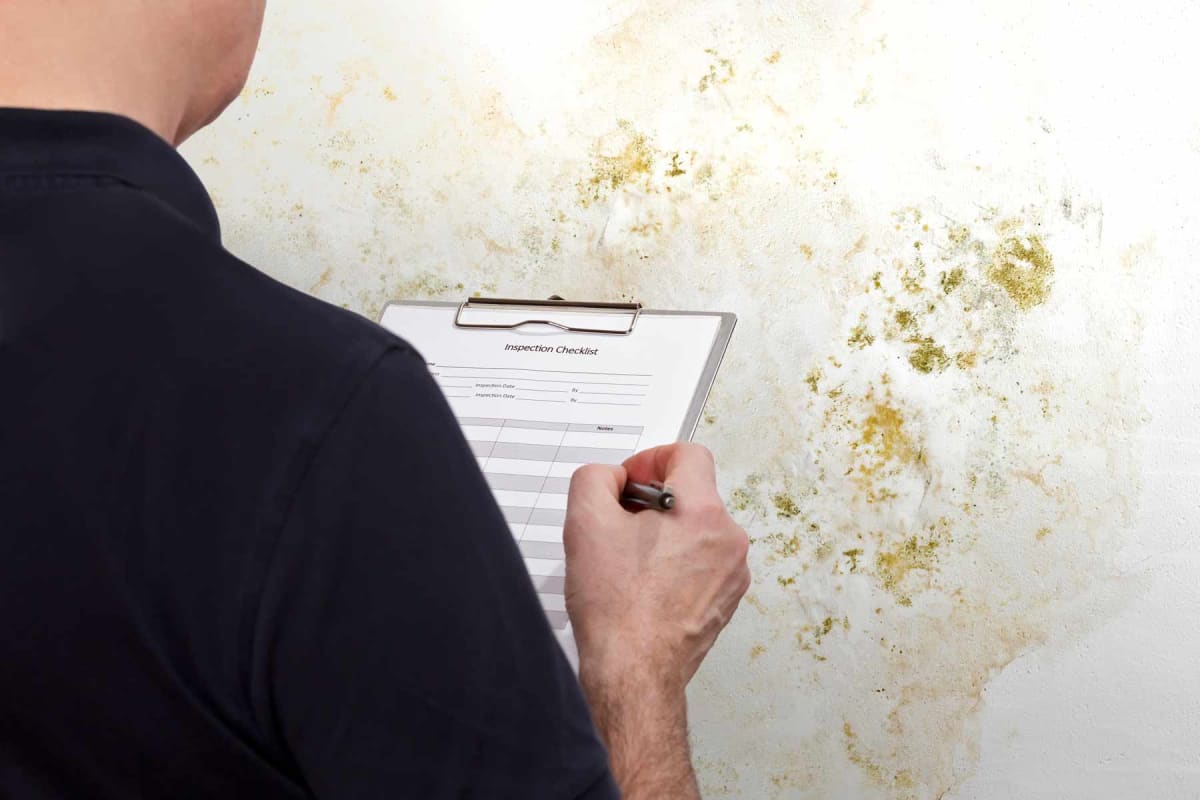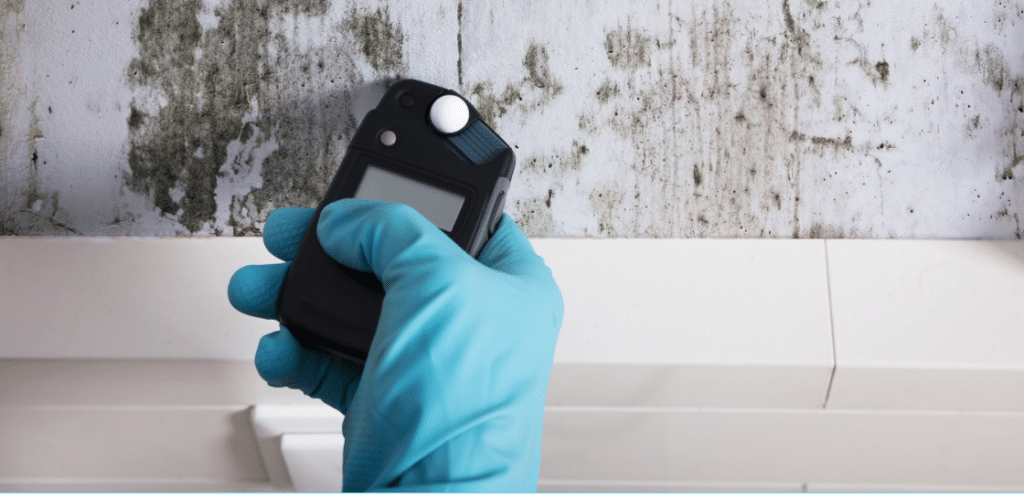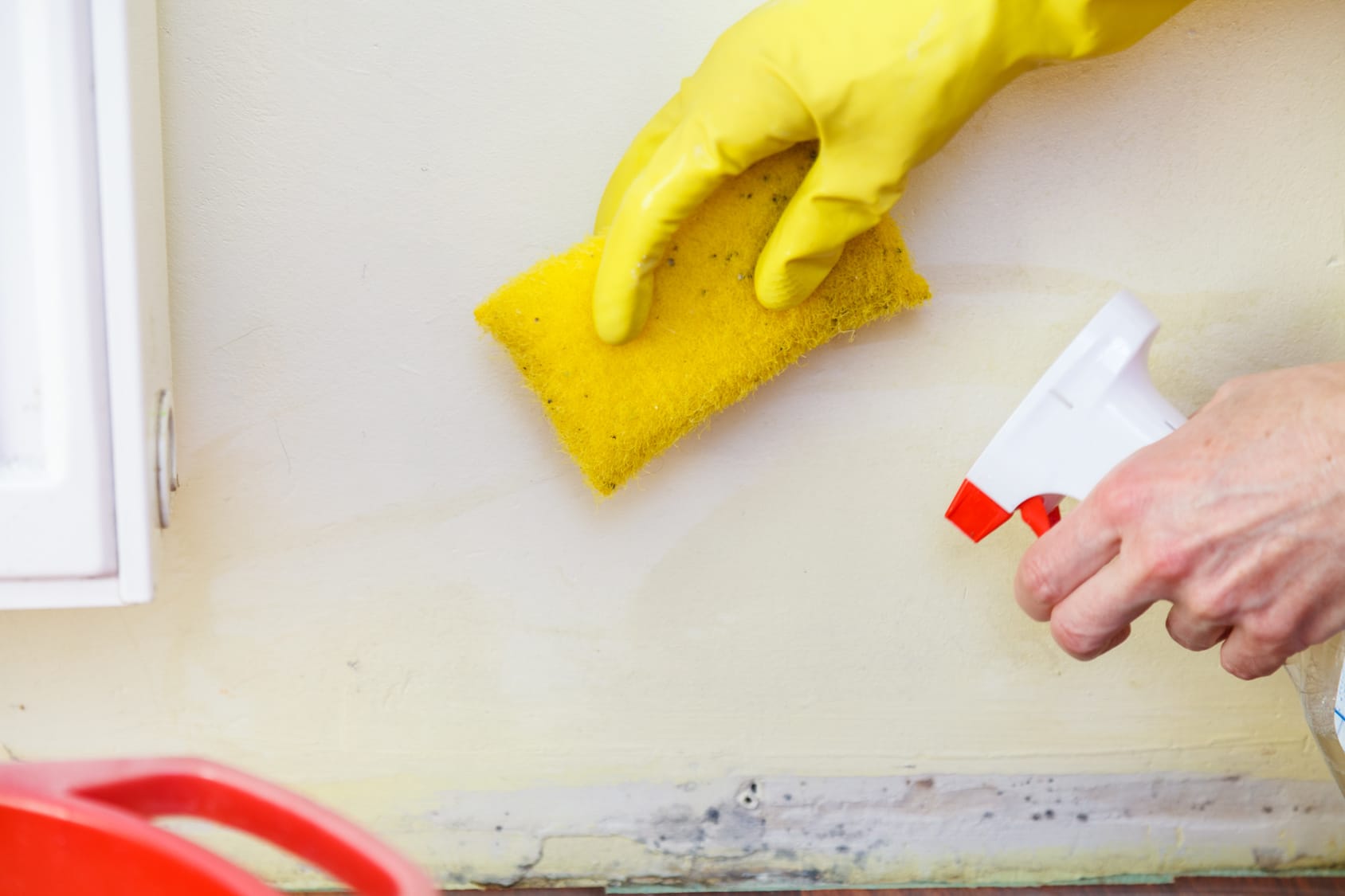Your Ultimate Guide to Blog Post Mold And Mildew Remediation Methods
Browsing the realm of post-mold removal methods is a precise procedure that requires focus to information and a detailed understanding of the details involved. In the after-effects of mold problem, recognizing just how to properly get rid of the mold and mildew and avoid its reoccurrence is paramount for preserving a healthy and balanced interior setting. From choosing the best cleaning and disinfecting approaches to applying strategies for long-term mold and mildew avoidance, each action in the remediation trip plays an important function in making certain an effective end result. As we start this expedition of post-mold removal methods, we will uncover the crucial strategies and ideal methods that can assist you restore your area to its pre-mold problem and protect it against future mold risks.
Understanding Post-Mold Remediation Process
After completing the mold and mildew remediation process, it is important to comprehend the post-mold removal techniques that are necessary to make sure a effective and detailed clean-up. As soon as the mold and mildew has been removed, the following step involves cleaning and decontaminating the impacted locations to prevent any type of regrowth of mold and mildew. This consists of using specialized cleansing agents to wipe down surface areas and eliminate any continuing to be mold spores. It is vital to dry the location completely to prevent the development of mold and mildew in the future (what to do after mold remediation). Appropriate ventilation and dehumidification can assist in this process.
Additionally, conducting a last inspection post-remediation is vital to make certain that all mold has been efficiently eliminated. This assessment ought to include a complete visual check in addition to perhaps air sampling to verify the lack of mold and mildew spores in the air. If the assessment reveals any kind of lingering mold, extra removal may be needed. Informing occupants on preventative measures such as controlling wetness degrees and promptly attending to any kind of water leaks can help keep a mold-free atmosphere.
Reliable Cleansing and Sanitizing Approaches

Avoiding Future Mold Development

Relevance of Proper Ventilation
Correct ventilation plays a critical role in stopping wetness build-up, a vital element in mold development within interior atmospheres. Effective air flow systems assist eliminate excess humidity from the air, decreasing the possibilities of mold and mildew spores finding the moisture they require to spread out and germinate. Without appropriate air flow, interior rooms can come to be a breeding place for mold and mildew, bring about prospective health and wellness threats and architectural damages.
By guaranteeing appropriate air circulation, air flow systems can likewise aid in drying out wet locations extra quickly after water damage or flooding occurrences, further deterring mold and mildew growth. Post Mold Remediation. Precede like washrooms, attic rooms, cellars, and kitchens where wetness levels often tend to be greater, setting up and keeping efficient ventilation systems is vital in preventing mold and mildew invasions

Tracking and Maintenance Tips
Offered the crucial role that correct air flow plays in stopping mold growth, it is vital to establish efficient monitoring and upkeep ideas to ensure the ongoing performance of air flow systems. Normal assessments of air flow systems should be conducted to look for any type of indicators of clogs, leaks, or breakdowns that might hinder appropriate airflow. Surveillance moisture degrees within the property is additionally critical, as high humidity can contribute to mold and mildew development. Mounting a hygrometer can help track humidity levels and alert homeowners to any kind of spikes that might call for focus. Furthermore, guaranteeing that air filters are consistently cleansed or replaced is crucial for keeping the effectiveness of the ventilation system. Executing a timetable for regular maintenance jobs, such as duct cleansing and heating and cooling system inspections, can review help stop concerns before they intensify. By remaining positive and alert to the problem of air flow systems, residential or commercial property proprietors can successfully reduce the threat of mold and mildew regrowth and keep a healthy and balanced indoor setting.
Conclusion
Finally, post-mold removal strategies are crucial for ensuring a tidy and risk-free atmosphere. Recognizing the process, executing reliable cleansing and disinfecting techniques, preventing future mold and mildew development, keeping proper ventilation, and normal surveillance are all crucial action in the remediation process. By adhering to these standards, you can efficiently eliminate mold and avoid its return, functioning or promoting a healthy living area for all occupants.
In the aftermath of mold and mildew infestation, understanding just how to effectively eradicate the mold and avoid its reoccurrence is paramount for keeping a healthy and balanced interior environment. Once the mold and mildew has been removed, the following step entails cleaning and decontaminating the affected locations to protect against any regrowth of mold and mildew - Post Remediation Inspection near me. After getting rid of visible mold and mildew growth, it is important to clean all surface areas in the affected area to eliminate any type of remaining mold and mildew spores. To further boost mold prevention measures, it is essential to deal with underlying issues that originally led to mold and mildew advancement.Given the crucial function that appropriate ventilation plays in stopping mold development, it is important to establish effective tracking and upkeep ideas to guarantee the ongoing performance of air flow systems